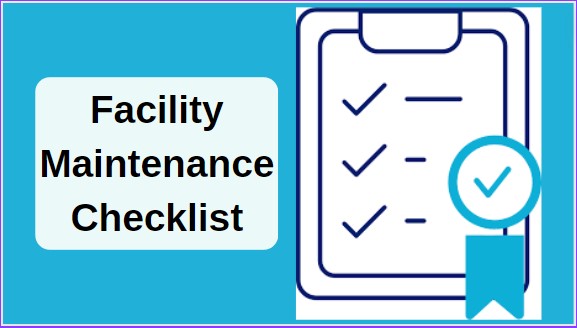
10 point Facility Maintenance Checklist
Madhurima Sanyal |
27 Mar 2024 |
07:38 AM
- Brief overview of the importance of facility maintenance checklist template
- Maintenance Checklist
- Breakdown of essential components to include in a maintenance check-up
- Actions To Do Yourself
- 10 Steps to Creating Proactive Facilities Maintenance
- What is a Building Maintenance Checklist?
- Why You Should Use A Building Maintenance Checklist
- Seasonal Maintenance
- Benefits of Hiring a Professional Building Maintenance Service
- Conclusion

The Essential Guide to Asset Performance Management for Businesses
Kirti Prakash 10 May 2024 | 16:33 PMTransform the way you manage asset performance with our advanced Asset Performance Management software. Designed to optimize the lifespan and efficiency of your assets, this software empowers businesses to enhance operational reliability and reduce do...
Facility maintenance is the cornerstone of ensuring smooth operations within any establishment, be it commercial, industrial, or residential. It encompasses a wide array of tasks aimed at preserving the functionality, safety, and aesthetics of the physical environment. From HVAC systems to fire safety measures, every aspect requires meticulous attention to detail to prevent costly disruptions and ensure the comfort and security of occupants.
Brief overview of the importance of facility maintenance checklist template
Effective facilities management checklist is not just reactive but proactive in nature. By implementing preventative maintenance strategies, facility managers can identify and address potential issues before they escalate, thereby minimizing downtime and avoiding expensive repairs. A well-structured facility management checklist serves as a roadmap, guiding maintenance tasks systematically and ensuring nothing is overlooked.
In this article, we delve into the essentials of facility maintenance, exploring the key tasks encompassed within proactive maintenance practices. From the regular upkeep of HVAC systems to the inspection and maintenance of fire extinguishers, we will highlight the critical components of an effective preventive maintenance checklist. By understanding the importance of regular maintenance and functioning properly, facility managers can uphold the integrity of the building exterior while mitigating risks and optimizing operational efficiency. Let's embark on a journey to unravel the intricacies of facility management and proactive maintenance.
Maintenance Checklist
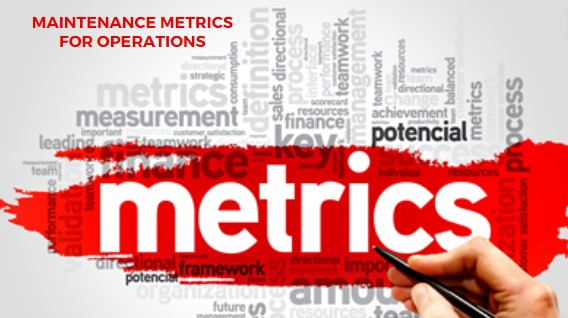
Explanation of what a maintenance checklist entails
A maintenance checklist serves as a comprehensive tool for facility managers to systematically track and manage maintenance tasks essential for the upkeep of a building or facility. It typically includes a list of items or areas that require regular inspection, servicing, or repair to ensure optimal performance, safety, and longevity.
A Typical Maintenance Check-Up
A typical maintenance check-up covers various aspects of facility management, ranging from mechanical systems to structural components and safety measures. Key components often include HVAC systems, electrical systems, plumbing, fire safety equipment, building exterior, and interior spaces.
For HVAC systems, the checklist may include tasks such as inspecting and replacing air filters, checking thermostat settings, cleaning coils, and lubricating moving parts to ensure efficient operation. Electrical systems may require inspections of wiring, switches, and outlets to identify any potential hazards.
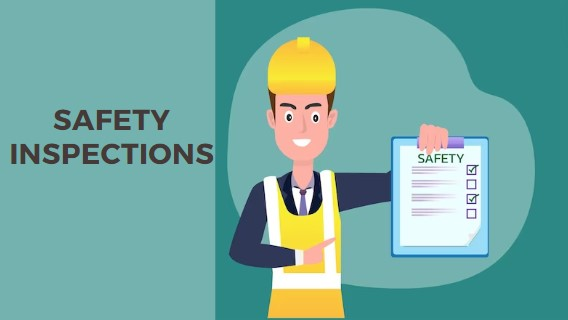
Fire safety equipment, such as fire extinguishers, should be inspected regularly to ensure they are functional and up to code. Additionally, building exteriors may require inspections for signs of damage, such as cracks, leaks, or peeling paint, to prevent structural issues.
By systematically following a maintenance checklist, facility managers can stay proactive in identifying maintenance needs, addressing issues promptly, and ultimately ensuring that the facility operates smoothly and safely for occupants and visitors alike.
Breakdown of essential components to include in a maintenance check-up
When conducting a maintenance check-up, it's crucial to address various components to ensure the efficient functioning of a facility. Here's a breakdown of essential elements to include in a comprehensive maintenance checklist:
Cooling Specific
-
HVAC Systems: Inspect and clean air filters, check refrigerant levels, and ensure proper airflow to maintain optimal cooling performance.
-
Cooling Units: Assess the condition of cooling units, including evaporator coils, condenser coils, and fans, to prevent malfunctions and maintain energy efficiency.
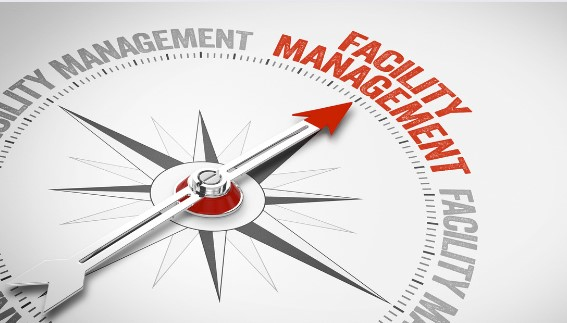
-
Thermostat: Verify thermostat settings and functionality to regulate temperature accurately and avoid overworking cooling systems.
-
Ductwork: Inspect ductwork for leaks, debris buildup, and obstructions to ensure proper airflow distribution throughout the facility.
-
Drainage Systems: Clear condensate drains and pans to prevent water damage and mold growth.
Heating Specific
-
Heating Systems: Inspect and clean heating equipment, including furnaces, boilers, and heat pumps, to ensure efficient operation and prevent carbon monoxide leaks.
-
Combustion Components: Check ignition systems, burners, and flues for proper functioning and safety to prevent fire hazards.
-
Thermostat: Test thermostat calibration and functionality to maintain comfortable indoor temperatures and avoid energy wastage.
-
Air Distribution: Inspect ductwork and vents for blockages, leaks, and proper airflow to evenly distribute heat throughout the facility.
-
Safety Measures: Ensure functioning smoke and carbon monoxide detectors, and inspect fire extinguishers for proper placement and readiness.
Actions To Do Yourself
DIY maintenance tasks that facility managers can undertake
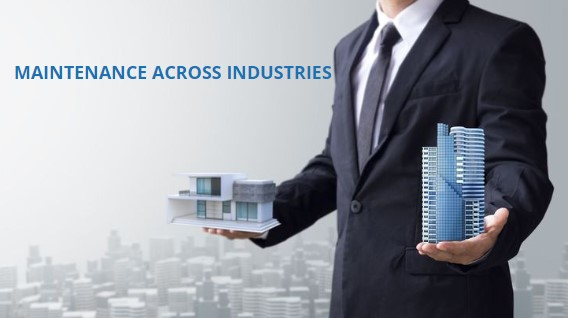
Facility managers play a crucial role in the maintenance and upkeep of a building or facility. While certain maintenance tasks may require professional expertise, there are several DIY tasks that facility managers can undertake to ensure the smooth operation and safety of the facility. Here are some key actions that facility managers can do themselves:
-
Replace Air Filters: Regularly replace air filters in HVAC units to maintain indoor air quality and optimize the efficiency of heating and cooling systems.
-
Routine Cleaning: Perform routine cleaning of common areas, restrooms, and workspaces to maintain cleanliness and hygiene standards throughout the facility.
-
Inspect and Test Security Systems: Regularly inspect and test security systems, including surveillance cameras, alarms, and access control systems, to ensure they are functioning properly and provide adequate protection against intruders.
-
Check Fire Alarms and Sprinkler Systems: Test fire alarm system and sprinkler systems periodically to ensure they are operational in case of an emergency. Replace batteries in smoke detectors as needed.
-
Conduct Visual Inspections: Regularly walk through the facility to visually inspect for potential safety hazards, such as trip hazards, faulty electrical outlets, or leaks.
-
Maintain Exterior Spaces: Keep exterior areas, such as parking lots and sidewalks, clean and well-maintained to enhance curb appeal and prevent accidents.
By incorporating these DIY maintenance tasks into their routine, facility managers can contribute to the overall maintenance and safety of the facility while also reducing the need for costly repairs and minimizing downtime.
10 Steps to Creating Proactive Facilities Maintenance
Detailed guide on establishing proactive maintenance strategies
Establishing proactive maintenance strategies is essential for ensuring the long-term functionality, safety, and efficiency of a facility. By taking proactive measures, facility managers can identify potential issues early on, address them promptly, and prevent costly repairs and downtime. Here's a detailed guide on 10 steps to creating proactive facilities maintenance:
-
Assess Facility Needs: Conduct a thorough assessment of the facility to identify maintenance needs, including equipment, systems, and structural components.
-
Develop a Maintenance Plan: Create a comprehensive maintenance plan outlining tasks, schedules, and responsibilities for each maintenance activity.
-
Prioritize Maintenance Tasks: Prioritize maintenance tasks based on criticality, safety concerns, and impact on operations to allocate resources effectively.

-
Implement Preventive Maintenance: Incorporate preventative maintenance measures into the plan, such as regular inspections, lubrication, and replacement of worn components.
-
Utilize Technology: Leverage maintenance management software or tools to streamline maintenance operations, track tasks, and monitor equipment performance.
-
Train Staff: Provide training to facility management and maintenance personnel on proper maintenance procedures, safety protocols, and equipment operation.
-
Establish Reporting Procedures: Implement reporting procedures for maintenance issues, equipment failures, and safety hazards to ensure timely resolution.
-
Conduct Regular Inspections: Schedule regular inspections of equipment, systems, and facilities to identify potential issues and address them proactively.
-
Maintain Documentation: Keep detailed records of maintenance schedule, including maintenance history, repair logs, and equipment manuals, for future reference and analysis.
-
Continuously Improve: Continuously evaluate and refine maintenance processes based on feedback, performance metrics, and industry best practices to enhance efficiency and effectiveness.
By following these 10 steps, facility managers can establish proactive maintenance strategies that promote the longevity and reliability of the facility while minimizing risks and costly repairs in the long run.
What is a Building Maintenance Checklist?
Definition and significance of a building maintenance checklist
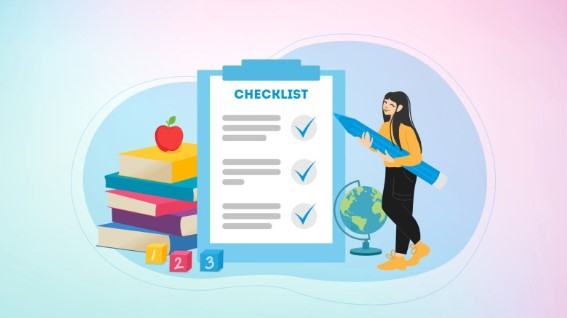
A building maintenance checklist is a systematic tool used by facility managers to track and manage maintenance tasks required for the upkeep of a building or facility. It serves as a comprehensive guide outlining various maintenance activities, schedules, and priorities to ensure the facility remains safe, functional, and well-maintained.
The significance of a building maintenance checklist lies in its ability to streamline maintenance processes, prevent issues from escalating, and prolong the lifespan of building assets. By systematically documenting maintenance tasks and schedules, facility managers can stay organized, proactive, and responsive to maintenance needs.
A building maintenance checklist typically includes a wide range of tasks encompassing mechanical systems, structural components, safety measures, and aesthetic considerations. This may include routine inspections of HVAC units, replacement of air filters, testing of fire alarms and sprinkler systems, cleaning of common areas, and conducting visual inspections for potential safety hazards.
In addition to enhancing operational efficiency and safety, a building maintenance checklist also helps in budgeting and resource allocation by identifying maintenance priorities and forecasting future maintenance needs. Furthermore, it serves as a valuable reference tool for tracking maintenance history, analyzing trends, and identifying areas for improvement.
Why You Should Use A Building Maintenance Checklist
Benefits and advantages of implementing a building maintenance checklist template
Why You Should Use A Building Maintenance Checklist:
Implementing a building maintenance checklist offers numerous benefits and advantages for facility managers and building owners alike. Here are some compelling reasons why utilizing a building maintenance checklist is essential:
-
Proactive Maintenance: A building maintenance checklist facilitates proactive maintenance practices by systematically identifying and addressing maintenance needs before they escalate into costly repairs or safety hazards.
-
Enhanced Efficiency: By outlining maintenance tasks, schedules, and priorities, a maintenance checklist helps streamline maintenance operations, optimize resource allocation, and minimize downtime.
-
Improved Asset Lifespan: Regular maintenance, as guided by a checklist, helps extend the lifespan of building assets, including HVAC units, electrical systems, and structural components, reducing the need for premature replacements.
-
Safety Compliance: A comprehensive maintenance checklist ensures that safety measures, such as fire alarms, sprinkler systems, and security systems, are regularly inspected and maintained to comply with regulations and standards.

-
Cost Savings: Preventive maintenance, as facilitated by a checklist, helps prevent costly repairs, equipment failures, and emergency interventions, ultimately saving on maintenance expenses and operational costs.
-
Documentation and Accountability: A maintenance checklist serves as a documented record of maintenance activities, providing accountability and transparency in facility management practices.
-
Improved Occupant Satisfaction: Regular maintenance, including routine cleaning and HVAC system maintenance, contributes to a comfortable and safe environment for occupants, enhancing satisfaction and productivity.
Seasonal Maintenance
Breakdown of maintenance tasks categorized by seasons
Spring Maintenance:
-
Spring marks the time for rejuvenation and preparation for the warmer months ahead. Key maintenance tasks during spring include:
-
Exterior Inspection: Assess the exterior of the building, including walls, roof, and gutters, for any damage caused by winter weather.
-
Landscaping: Prune trees and bushes, clean up debris, and prepare gardens for planting.
-
HVAC Maintenance: Clean or replace air filters, inspect outdoor HVAC units, and ensure proper airflow for cooling systems.
-
Check Safety Equipment: Test smoke detectors, carbon monoxide detectors, and fire extinguishers to ensure they are functioning correctly.
-
Summer Maintenance:
-
With the arrival of summer, facility managers focus on maintaining comfort and efficiency. Summer maintenance tasks may include:
-
HVAC Servicing: Inspect and service HVAC units to ensure they are running efficiently during hot weather.
-
Exterior Maintenance: Clean windows, pressure wash exterior surfaces, and inspect outdoor lighting for safety and functionality.
-
Pest Control: Implement measures to prevent pests, such as ants and mosquitoes, from entering the building.
-
Parking Lot Maintenance: Repair any cracks or potholes in the parking lot to ensure safety and accessibility.
-
Fall Maintenance:
-
Fall signals the transition to cooler weather and preparations for the upcoming winter season. Important fall maintenance tasks include:
-
Heating System Check: Inspect and service heating systems to ensure they are ready for the colder months ahead.
-
Gutter Cleaning: Clear gutters and downspouts of leaves and debris to prevent clogging and water damage.
-
Seal Windows and Doors: Check for drafts and seal gaps around windows and doors to improve energy efficiency.
-
Exterior Lighting: Replace bulbs and ensure proper illumination around the building for safety.
-
Winter Maintenance:
-
Winter maintenance focuses on ensuring safety and functionality despite harsh weather conditions. Key tasks may include:
-
Snow and Ice Removal: Clear snow and ice from walkways, parking lots, and emergency exits to prevent accidents.
-
Heating System Maintenance: Monitor heating systems and address any issues promptly to maintain indoor comfort.
-
Interior Inspection: Check for drafts, leaks, and insulation problems to maintain energy efficiency and comfort.
-
Emergency Preparedness: Ensure that emergency equipment, such as generators and emergency lights, are in working order.
-
Year-Round Building Maintenance:
-
While seasonal maintenance is crucial, year-round maintenance is essential for ongoing upkeep. This may involve:
-
Regular Cleaning: Maintain cleanliness throughout the building, including common areas, restrooms, and offices.
-
Energy Management: Monitor and manage energy consumption to reduce costs and environmental impact.
-
Safety Inspections: Conduct routine safety inspections to identify and address potential hazards promptly.
-
Team Collaboration: Engage all teams involved in facility management to ensure effective communication and coordination of maintenance efforts.
-
Compliance with Standards: Adhere to safety standards and regulations to promote a safe and healthy environment for occupants and visitors.
-
Continuous Improvement: Regularly evaluate maintenance processes and implement improvements to enhance efficiency and effectiveness.
-
Benefits of Hiring a Professional Building Maintenance Service
Advantages of outsourcing maintenance tasks to professionals
Outsourcing maintenance tasks to professionals offers several advantages for building owners and facility managers. By entrusting the upkeep of their facilities to experienced professionals, they can:
-
Ensure thorough and efficient maintenance by experts trained in industry best practices.
-
Free up internal resources and staff time to focus on core business operations and strategic objectives.
-
Benefit from access to specialized equipment, tools, and technologies for more effective maintenance.
-
Maintain compliance with safety standards and regulations, reducing the risk of liability.
-
Enhance the overall quality and appearance of the building, promoting a safe and welcoming environment for occupants and visitors.
Conclusion
Effective facility maintenance checklist is essential for the longevity, safety, and functionality of any building or facility. By implementing proactive maintenance strategies, utilizing comprehensive checklists, and potentially outsourcing tasks to professional services, facility managers can ensure that their buildings remain well-maintained, efficient, and compliant with safety standards.
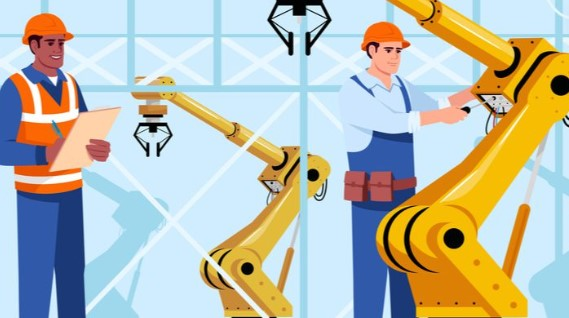
From routine cleaning to addressing necessary repairs and managing energy consumption, every aspect of maintenance contributes to the overall well-being of the building and its occupants. By prioritizing maintenance and adhering to safety standards, buildings can operate like well-oiled machines, providing a safe and comfortable environment for daily operations and ensuring peace of mind for all stakeholders.